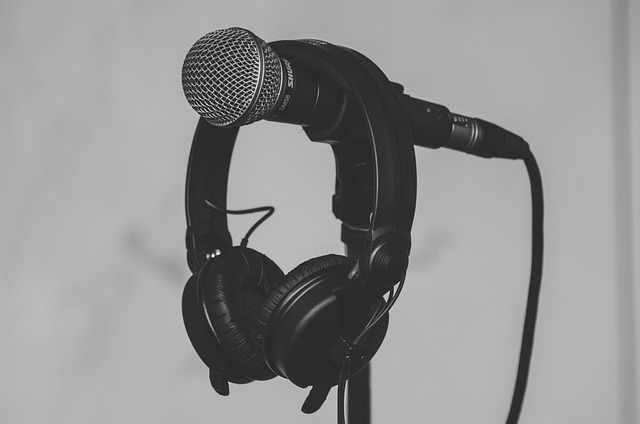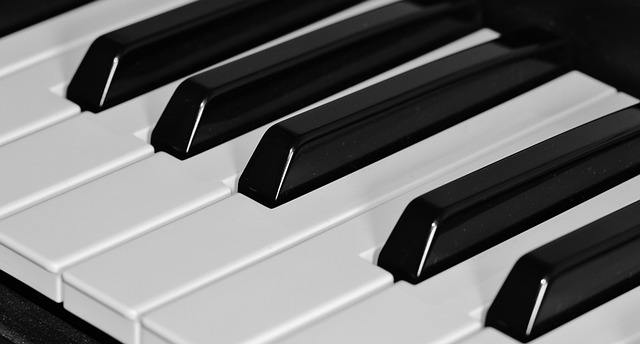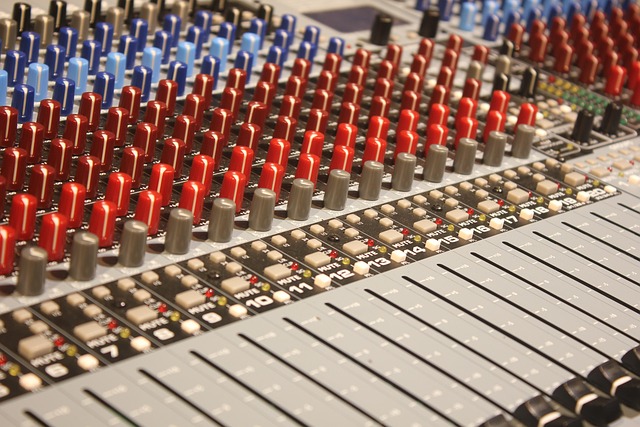Mastering the Art of Harmonies: Enhancing Your Audio Recordings with Chorus
As an audio enthusiast, you know that creating an emotional connection through sound is an art form in itself. Every note and every silence can evoke a feeling, and that’s where the magic of chorus comes into play. The chorus effect is one of the most captivating tools available in audio recording, allowing you to add depth and richness to your music in ways that can resonate deeply with your audience.
What is Chorus?
Chorus is an audio effect that enhances sound by layering multiple audio signals that are slightly out of tune and time with one another. The result is a fuller, more immersive listening experience that can transport listeners into a lush soundscape. By duplicating the original audio signal, modifying its pitch and timing, and mixing it back into the sound, you create a beautifully complex auditory texture.
The Emotional Impact of Chorus
Imagine the warmth of a choir singing in perfect harmony, the lush swells of a synthesizer in a cinematic score, or the shimmering notes of a voice filled with emotion. This is the transformative power of chorus. It can take a simple melody and elevate it, wrapping it in layers that evoke feelings of nostalgia, joy, or even melancholy.
How to Use Chorus Effectively in Your Recordings
1. Choose the Right Source
The beauty of the chorus effect shines brightest when used on certain instruments and vocals. Try layering your vocals to create a rich harmonic chorus that immerses listeners in your message. It works exceptionally well with guitars, keyboards, and strings, enhancing their natural resonance and creating a more vibrant sound.
2. Experiment with Settings
No two tracks are alike, which is why adjusting the chorus settings can dramatically change the way your sound feels. Play with parameters such as depth, rate, and mix level to find the sweet spot that complements your track. A subtle use of chorus can create a gentle enhancement, while a more pronounced effect can lead to an expansive, otherworldly sound.
3. Layering and Panning
To truly master the art of harmonies using chorus, consider layering different effects. You can experiment by applying chorus to multiple tracks and panning them across the stereo field. This can create a spatial depth that allows listeners to feel enveloped by your sound, engaging both the left and right sides of their brain.
Chorus in Different Genres
The charm of chorus transcends genres. In rock, it can amplify the punch of a guitar riff; in electronic music, it adds a shimmering quality to synth lines. Jazz musicians can use chorus to enhance the vibrancy of solos, while folk and acoustic artists find it enriches their storytelling. Understanding how different genres utilize chorus can inspire your own creativity, pushing you to explore uncharted sonic territories.
Final Thoughts
Integrating chorus into your audio recordings will open doors to new possibilities, enhancing your music in ways you may have never imagined. With each layer you add, you’re not just creating sound; you’re building an experience that can stir emotions and forge connections. So, grab your audio tools, dive into the world of chorus, and let your creative spirit soar.



